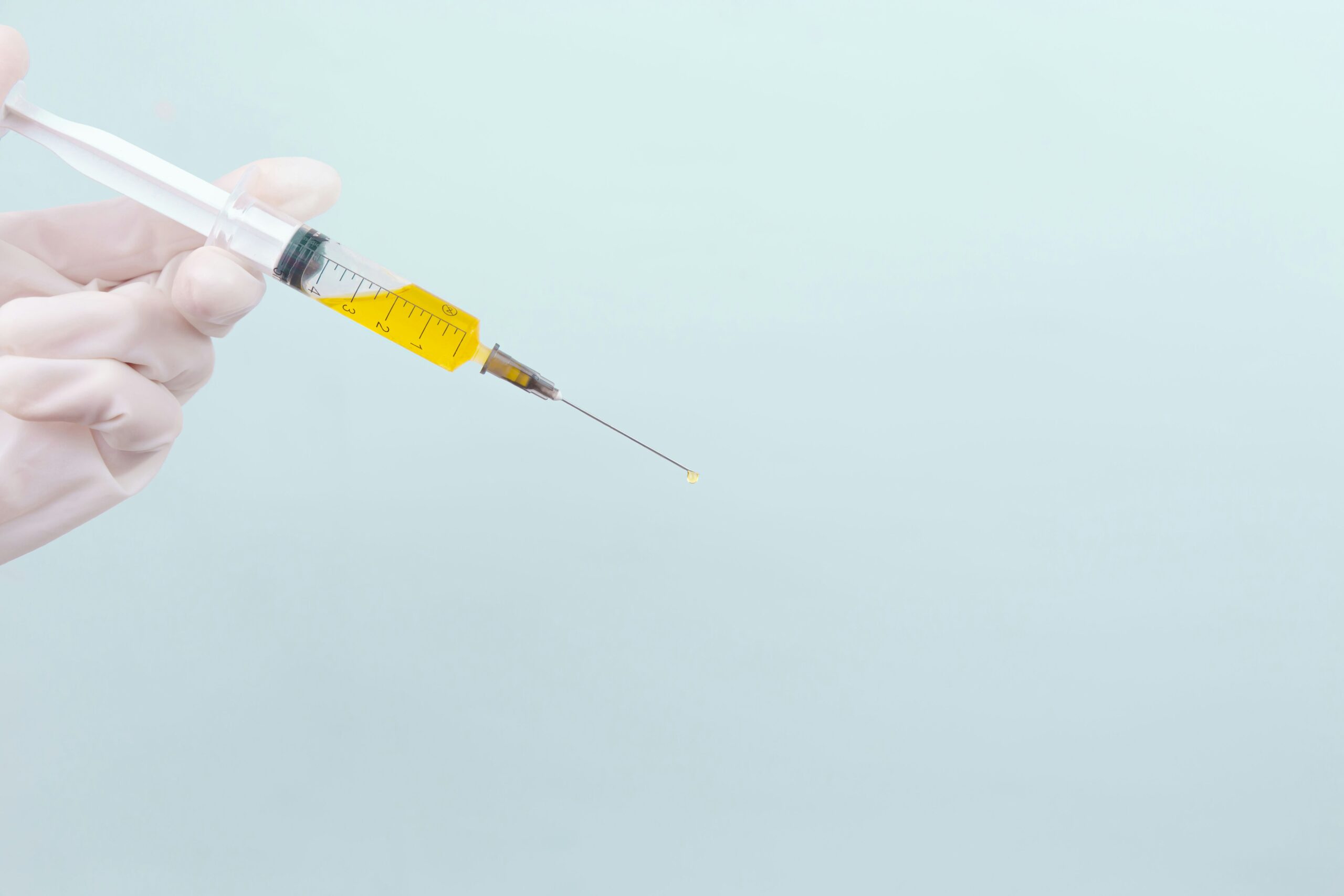
Emerging Threats in the Drug Situation in Europe
According to the European Drug Report 2023, the drug situation in Europe is expected to undergo significant changes in the coming years. One of the emerging threats is the rise of new psychoactive substances (NPS). These substances, commonly known as “legal highs,” are synthetic drugs designed to mimic the effects of illicit substances. They are often marketed as legal alternatives and sold online or in so-called “head shops.”
The Challenges of New Psychoactive Substances
The availability of NPS has skyrocketed in recent years, posing a serious challenge to law enforcement agencies and public health officials. These substances are constantly evolving, with new chemical compounds being developed to bypass legal regulations. As a result, it becomes increasingly difficult to identify and regulate these substances effectively.
The Prevalence of Synthetic Opioids
Another concerning trend is the increasing prevalence of synthetic opioids, such as fentanyl and its analogs. These powerful opioids are highly potent and can be up to 100 times stronger than morphine. They are often mixed with other drugs, such as heroin or cocaine, without the user’s knowledge, leading to a significant increase in overdose deaths.
Drug Trafficking and Organized Crime Networks
The European Drug Report 2023 also highlights the growing problem of drug trafficking and organized crime networks. These criminal organizations are becoming increasingly sophisticated in their operations, using advanced technology and encryption methods to evade law enforcement. The illicit drug trade not only fuels violence and instability but also undermines the economy and social fabric of affected communities.
Strategies and Interventions
In response to these emerging threats, European nations are implementing a range of strategies and interventions. These include strengthening law enforcement efforts, enhancing international cooperation, and expanding access to evidence-based treatment and harm reduction services. However, addressing the drug situation requires a comprehensive and multi-faceted approach that encompasses prevention, treatment, and social reintegration.
Addressing Underlying Factors
Furthermore, it is crucial to address the underlying factors that contribute to drug use and drug-related problems. This includes addressing socioeconomic inequalities, improving access to education and employment opportunities, and promoting social inclusion. By addressing these root causes, European nations can create a more resilient and healthier society.
The Impact of Illicit Drugs on Security
Furthermore, the impact of illicit drugs on security cannot be overlooked. The production and trafficking of these substances fuel organized crime, leading to increased violence and instability in affected regions. Criminal organizations involved in drug trafficking often resort to extreme measures to protect their interests, including bribery, corruption, and intimidation. This not only undermines the rule of law but also poses a threat to the safety and well-being of communities.
Indirect Consequences on Society
In addition to the direct impact on security, the illicit drug trade also has indirect consequences on various aspects of society. The vast profits generated from drug trafficking are often used to fund other illegal activities, such as arms smuggling and human trafficking. This further exacerbates security challenges and perpetuates a cycle of criminality and violence.
Economic Implications
Moreover, the illicit drug trade has significant economic implications. The resources required to combat drug production, trafficking, and consumption divert funds that could otherwise be allocated to other pressing social needs, such as healthcare, education, and infrastructure development. The financial burden of addressing the drug problem falls heavily on governments, straining their budgets and hindering progress in other areas.
Comprehensive Approach to Address Illicit Drugs
Addressing the complex issue of illicit drugs requires a comprehensive and multi-faceted approach. Efforts to reduce drug demand through prevention, treatment, and rehabilitation programs are crucial. Equally important is the need to disrupt the drug supply chain by targeting drug producers, traffickers, and their financial networks. International cooperation and coordination are vital in tackling the transnational nature of the illicit drug trade.
Promoting Alternative Development Strategies
Furthermore, promoting alternative development strategies in drug-producing regions can help address the root causes of drug cultivation and reduce the economic incentives for involvement in the illicit drug trade. Investing in education, job creation, and sustainable livelihoods can provide viable alternatives to communities affected by drug production.
The Rise of Synthetic Drugs
In recent years, the drug landscape in Europe has witnessed a significant shift, with the growing importance of cocaine and synthetic stimulants. This trend has raised concerns among law enforcement agencies and policymakers, as the availability of these substances has reached an all-time high. The easy access to cocaine poses a considerable challenge for authorities, as they strive to combat the increasing distribution and consumption of this highly addictive drug.
Challenges of Synthetic Stimulants
Moreover, there is a growing recognition of the role that stimulants play in the harms associated with drug injecting. The emergence of high-purity stimulant products in the market has become a cause for concern, particularly in relation to the volatility observed in the MDMA market. The purity and potency of these synthetic stimulants have raised alarm bells within the healthcare community, as they can lead to severe health complications and even fatalities.
The Popularity of Ketamine
Another emerging trend that has captured the attention of experts is the rising popularity of ketamine among certain groups. Ketamine, originally developed as an anesthetic, is now being used recreationally due to its dissociative and hallucinogenic effects. While some individuals may find temporary relief or pleasure from using ketamine, there are concerns about the potential negative consequences of increasing interest in the therapeutic potential of psychedelic drugs. The misuse of ketamine can lead to physical and psychological dependence, as well as long-term cognitive impairments.
Comprehensive Approach to Drug Addiction
As the drug landscape continues to evolve, it is imperative for policymakers and healthcare providers to adapt their strategies to address the complex needs of individuals struggling with drug addiction. Evidence-based substance use prevention practices and harm reduction interventions are crucial in mitigating the harms associated with drug use. Additionally, comprehensive cannabis policies that reflect the changing landscape of cannabis use are needed to ensure the safety and well-being of individuals who choose to consume this substance.
Challenges in Cannabis Policy and Practice
As the landscape of cannabis policy and practice continues to evolve, policymakers and regulators are facing new challenges that require careful consideration. One of the key challenges is the emergence of new forms and uses of cannabis. With the advancement of technology and scientific research, there has been a proliferation of cannabis products in the market. From edibles and extracts to oils and tinctures, consumers now have a wide array of options when it comes to consuming cannabis.
Safety and Regulation of Cannabis Products
This poses a challenge for policymakers and regulators who need to ensure that these new products are safe, effective, and properly regulated. The potency of these products is a particular concern, as highly potent extracts and edibles have been linked to acute toxicity presentations in hospital emergency departments. This highlights the need for robust regulations and guidelines to protect public health and safety.
Changing Attitudes Towards Cannabis
Furthermore, the changing attitudes towards cannabis are also influencing policy decisions. Some EU member states are reevaluating their approach towards recreational cannabis use, recognizing the need for a more nuanced and evidence-based approach. This shift in policy reflects a growing acceptance of cannabis as a recreational substance and a recognition of the potential economic benefits that a regulated cannabis market can bring.
Striking a Balance in Cannabis Regulation
However, with the increasing availability of cannabis products, it is crucial to strike a balance between regulation and accessibility. While it is important to ensure that cannabis is regulated to protect public health and safety, overly restrictive regulations can hinder access for medical patients who rely on cannabis for therapeutic purposes.
Comprehensive Approach to Cannabis Policy
Overall, the challenges in cannabis policy and practice are multifaceted and require a comprehensive and collaborative approach. Policymakers, regulators, and stakeholders need to work together to develop evidence-based policies that prioritize public health and safety while also addressing the needs of consumers and patients. By doing so, we can navigate the complex landscape of cannabis regulation and ensure that it is effectively managed for the benefit of society as a whole.

